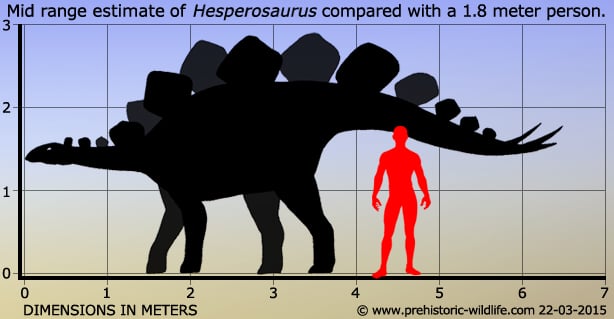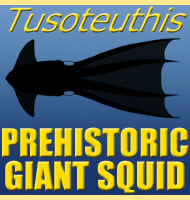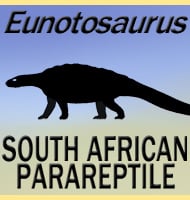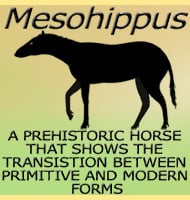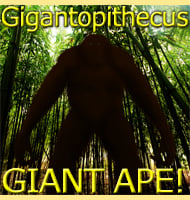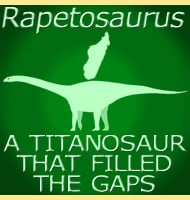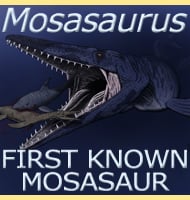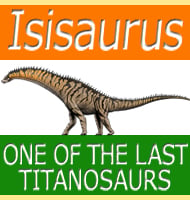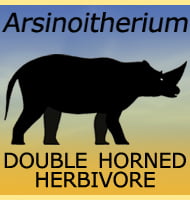In Depth
The most famous stegosaur from the Morrison formation is Stegosaurus itself; however the discovery of Hesperosaurus is proof that Stegosaurus was not the only dinosaur of its type around here during this point of the Jurassic. Like with Stegosaurus, Hesperosaurus had a series of large plates that ran down the length of its back in an alternating series of placements (as opposed to sequenced pairs that are common in older restorations of Stegosaurus). The plates of Hesperosaurus are distinguishable from Stegosaurus for being wider than they are tall. Theories about plate function have covered everything from defence to thermoregulation, but the differences in plate shape between different stegosaur genera and species is more indicative of a display purpose so that a specific individual stegosaur could recognise others of its own kind.
Hesperosaurus also has a four spike thagomizer on the end of its tail, but the spikes seem to fit better when they are angled slightly backwards so that they point away from the body. It is this feature that palaeontologists are confident in declaring as a defensive weapon since a theropod tail vertebrae has been found with thagomizer spike shaped damage to it. Possible predators of Hesperosaurus could include theropod dinosaurs such as Ceratosaurus and Allosaurus; in fact it is the latter here that has the thagomizer damaged vertebrae attributed to it. Additionally other fossil evidence suggests that Allosaurus would attack dinosaurs like Hesperosaurus.
Because of its presence in the Morrison Formation and similar shaped plates, it would be tempting to suggest that Hesperosaurus was closely related to Stegosaurus. However while these two genera are related in that they are the same type of dinosaur, in depth study has revealed that Hesperosaurus is actually more closely related to Dacentrurus, a genus of stegosaur from Europe.
Further Reading
– New primitive stegosaur from the Morrison Formation, Wyoming. The Armored Dinosaurs. – Indiana University Press, Bloomington 55-75. – K. Carpenter, C. A. Miles & K. Cloward – 2001.
